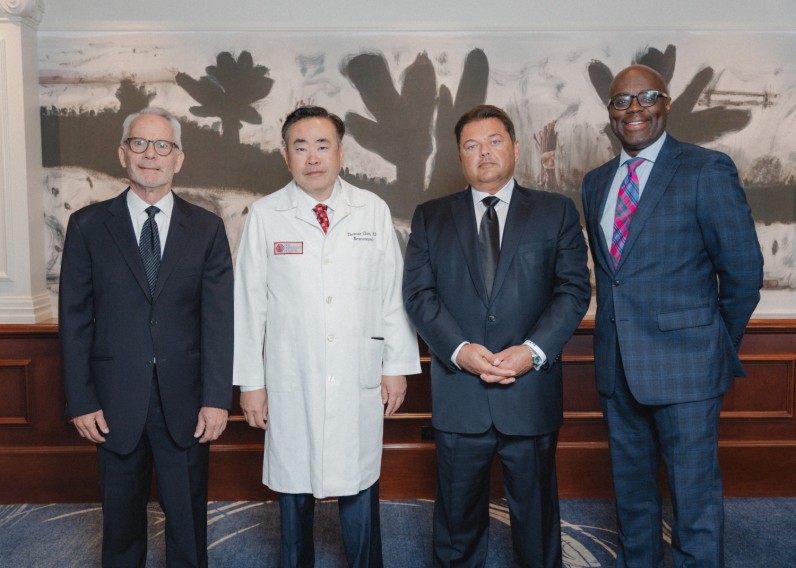
NeOnc, Technologies Holdings, Inc., a biotech company revolutionizing the treatment of brain cancer with its innovative delivery method, is breaking new ground once again by closing its most recent funding round at a $220 million valuation.
While Dr. Thomas Chen, renowned brain surgeon and founder of NeOnc, leads Phase II trials of the nasal delivery system, which will allow brain cancer treatment medications to bypass the blood-brain barrier problems that have plagued efficient care, NeoOnc's executive chairman Amir Heshmatpour has been busy in his own right.
Heshmatpour is preparing for the next significant step in the company's future: securing $20 million in funding, including the conversion of the bridge into equity, and beginning due diligence on alternative public offerings and direct listings. Direct listings aren't the norm for biotech companies.
Direct listings, or direct public offerings, involve companies offering existing shares to the public without using intermediaries. In contrast, traditional IPOs focus on selling new shares to raise capital, relying on underwriters, which makes the process longer and more expensive. Successful direct listings occur when capital needs are pre-committed prior to the listing, ensuring a smoother transition to the public market.
NeOnc initially pursued the traditional route by filing for a $50 million IPO, later increasing it to $75 million. "The data for biotech phase 2 IPOs, regardless of whether it's Goldman Sachs or top institutional advisors, is quite challenging. The post-IPO performance speaks for itself," says Heshmatpour.
Despite their efforts, the data indicated that an IPO was not the best course of action at the time. Based on Heshmatpour's recommendations, the company decided to withdraw from the IPO to explore more favorable opportunities.
"We are not in any rush to IPO. We are capital-efficient, leveraging our partnership with USC and access to human capital through our founder, Dr. Chen, and our PhD team at our labs. Additionally, we have strong partners around our capital stack and access to capital as needed."
A direct listing offers a unique opportunity to enhance liquidity for existing shareholders, eliminate substantial bank fees, and avoid the indirect costs associated with selling stocks at a discount. However, there are some risks involved. Direct listings do not have lock-up periods, allowing shareholders to sell their shares in the public market immediately, which, if not managed correctly, could lead to a rapid decline in stock prices. Additionally, there is no guarantee of a successful share sale, no option for a greenshoe, and no assurance of attracting long-term investors unless those seeds are planted in advance.
One of the dangers of these listings, however, is that they don't have lock-up periods, allowing those shareholders to sell shares in the public market immediately, which could mean a rapid deflation of stocks. There's also no guarantee for the share sale, no possibilities of options like greenshoe, and no safe long-term investors.
But Heshmatpour isn't concerned. "I'm confident in my experience and what we're doing. Our results in the capital markets will speak for themselves."
He has reason to be optimistic, as the interest NeOnc has generated is significant.
Recently, the California Investment Forum (CIF) awarded NeOnc the Breakthrough Medical Technology Achievement Award, presented by California Treasurer Fiona Ma. Additionally, the FDA has granted fast-track designation to the company's nasal-brain delivery system, ensuring an expedited approval process if it successfully passes clinical trials. The NEO100-01 clinical trial is currently nearing the end of its phase two enrollment, with three other clinical trials progressing separately.
Results like these suggest that NeOnc's projects are headed for success. "We're taking baby steps through the FDA process," says Heshmatpour, "but Dr. Chen is confident approval will be the outcome because of the results we're getting."
If that's the case, an unprecedented biotech direct listing success could follow, transforming the standard of care for families suffering from brain cancer. This potential breakthrough offers hope and a brighter future for countless patients and their loved ones.







Join the Conversation